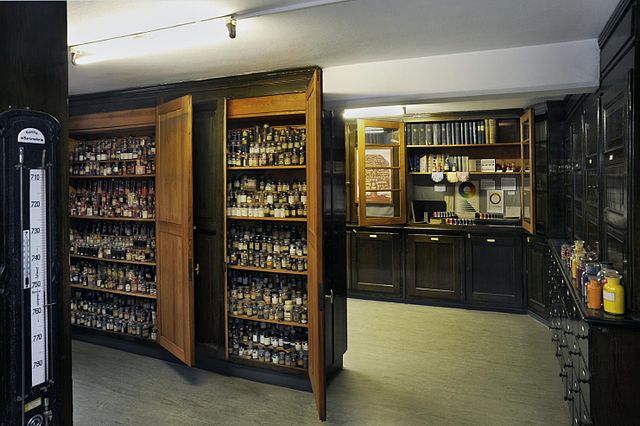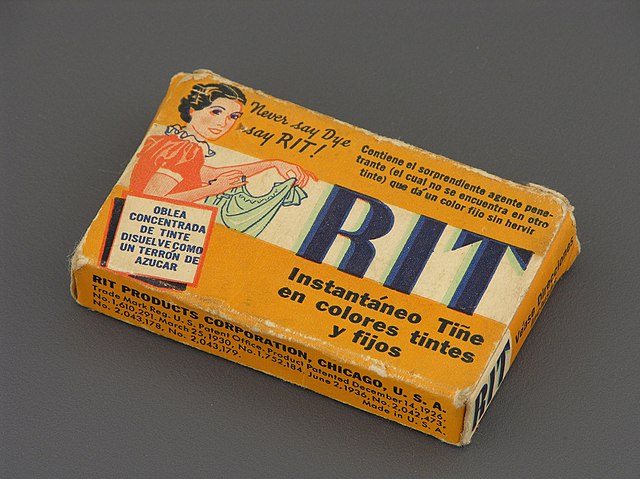Food coloring, or color additive, is any dye, pigment, or substance that imparts color when it is added to food or drink. They can be supplied as liquids, powders, gels, or pastes. Food coloring is used in both commercial food production and domestic cooking. Food colorants are also used in a variety of non-food applications, including cosmetics, pharmaceuticals, home craft projects, and medical devices. Colorings may be natural or artificial/synthetic.
A variety of food colorings, added to beakers of water
Blue Curaçao liqueur gets its trademark blue color from food coloring.
The orange color of carrots and many other fruits and vegetables arises from carotenoids.
Due to European Union regulations on food coloring, the color of M&M's are less bright than ones sold in the United States.
A dye is a colored substance that chemically bonds to the substrate to which it is being applied. This distinguishes dyes from pigments which do not chemically bind to the material they color. Dye is generally applied in an aqueous solution and may require a mordant to improve the fastness of the dye on the fiber.
Drying colored cloth
Dyeing wool cloth, 1482: from a French translation of Bartolomaeus Anglicus
Historical collection of over 10,000 dyes at Technical University Dresden, Germany
RIT brand dye from mid-20th century Mexico, part of the permanent collection of the Museo del Objeto del Objeto








